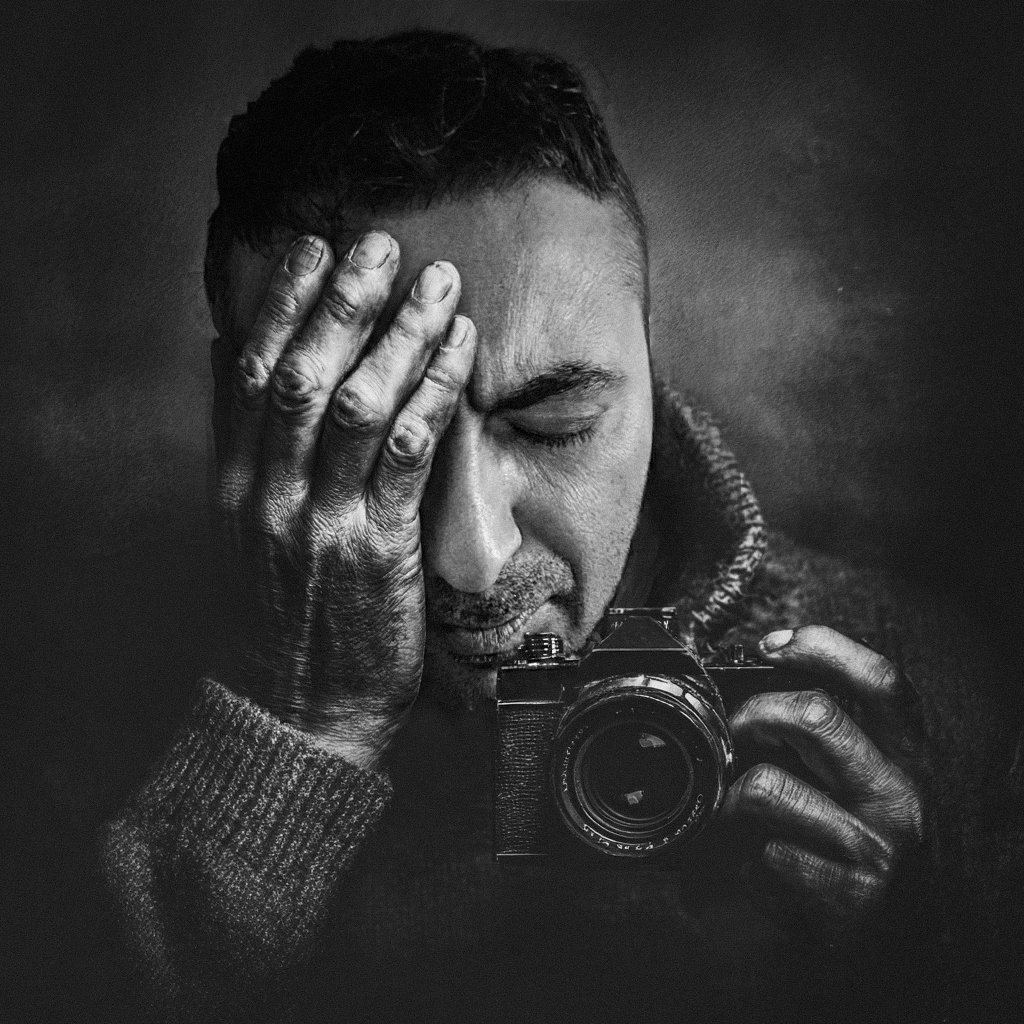
Hello!
My name is Marco Antonio P.R.
I am a young digital artist, I live in Spain and this is my official website where you can find a sample of my latest creative works.
The work “Mass Manipulation Media” falls within a long tradition of artistic reflection on the power of the media and its capacity to influence the masses. Since the invention of the printing press, art has explored the dialectic between information, propaganda, and manipulation. However, with the advent of the internet and the proliferation of digital media, this problem takes on a new dimension.
Contemporary digital art, heir to movements such as Dadaism and Surrealism, which questioned power structures and rational logic through collage and montage, faces the overabundance of information and the speed of its dissemination. Artists like Nam June Paik, a pioneer of video art, were already exploring the potential of television as a tool for communication and manipulation in the 1960s. Today, digital art uses new technologies such as virtual reality, augmented reality, and artificial intelligence to analyze and critique mass manipulation in the digital age.
Philosophers like Marshall McLuhan, with his famous phrase “the medium is the message,” and Jean Baudrillard, with his concept of simulation and simulacra, have laid the theoretical foundations for understanding how media not only transmit information but also shape our perception of reality. In this context, “Mass Manipulation Media” is presented as a visual reflection on the fragmentation of information, the distortion of reality, and the vulnerability of the individual to media manipulation. The work dialogues with Noam Chomsky’s ideas on propaganda and media control, as well as with Guy Debord‘s reflections on the society of the spectacle.
Title: “Mass Manipulation Media”
Description: The image presents a complex and fragmented composition, dominated by a central zoomorphic figure, which could be interpreted as a skull or a deformed creature, made with a style reminiscent of 3D modeling with glitches or rendering errors. This figure is superimposed on a background composed of repetitive geometric patterns, which evoke the aesthetics of glitch art and digital culture. Black and white houndstooth patterns are observed contrasting with red triangles, generating a sense of visual instability.
The predominant colors are dark blue/purple for the central figure, intense red for the triangles, and black and white for the background patterns. Magenta and light blue lines and strokes are seen crossing the image, accentuating the sensation of distortion and movement. The presence of the number “2018” in the upper left suggests a dating of the work or a possible coded message. The image conveys a disturbing and oppressive atmosphere, reflecting the theme of media manipulation. The use of digital distortion, the contrast of patterns, and the color palette contribute to creating a striking and disturbing image.
Software: Mandelbulb 3d + Gimp + Inkscape + Darktable.
Author: Marco Antonio P.R.
If you like this and more of my artwork visit my portfolio.
November 8, 2018